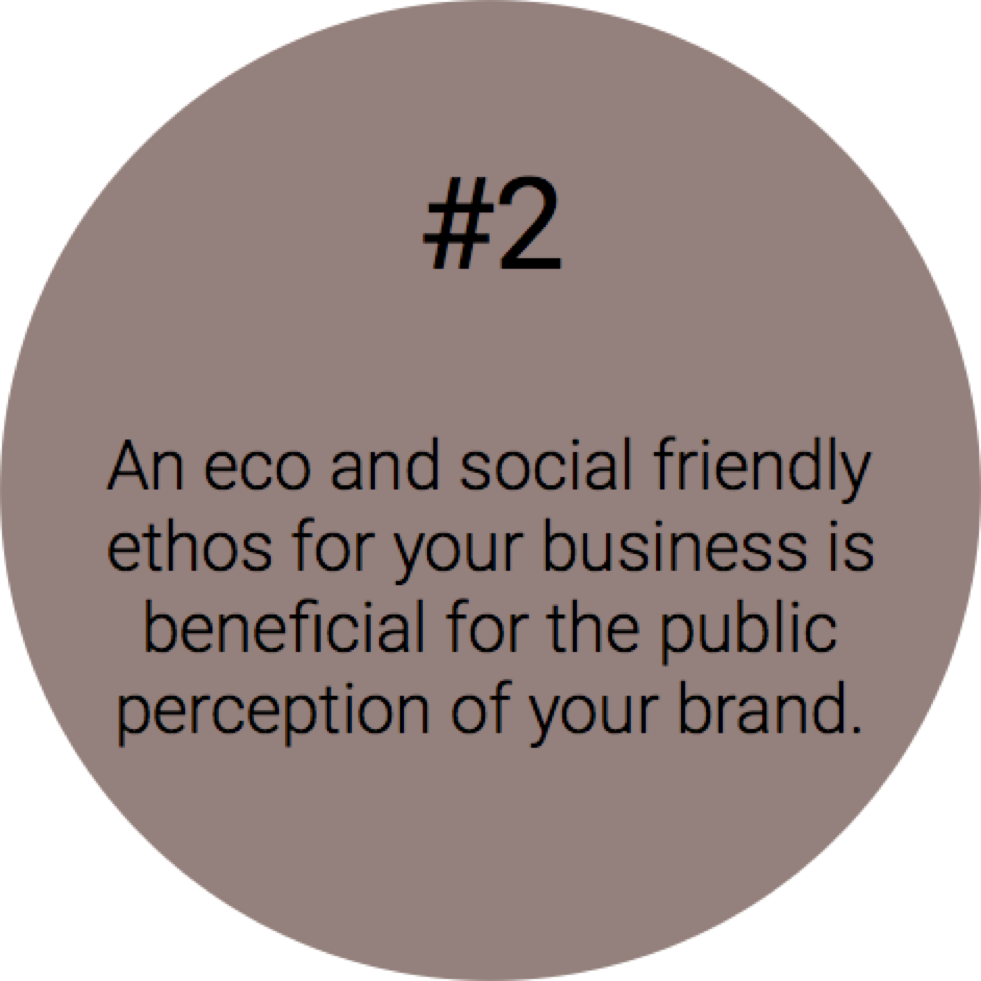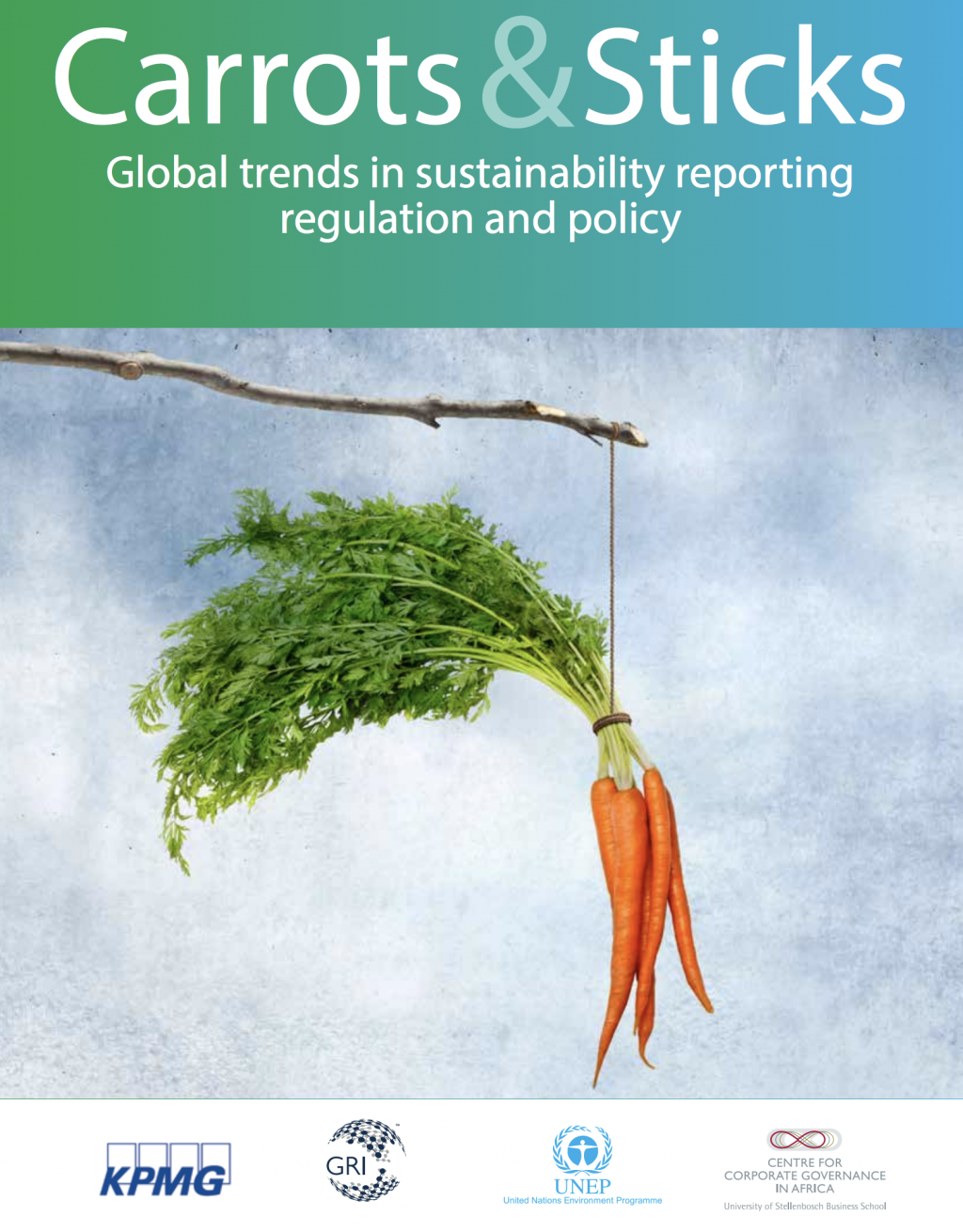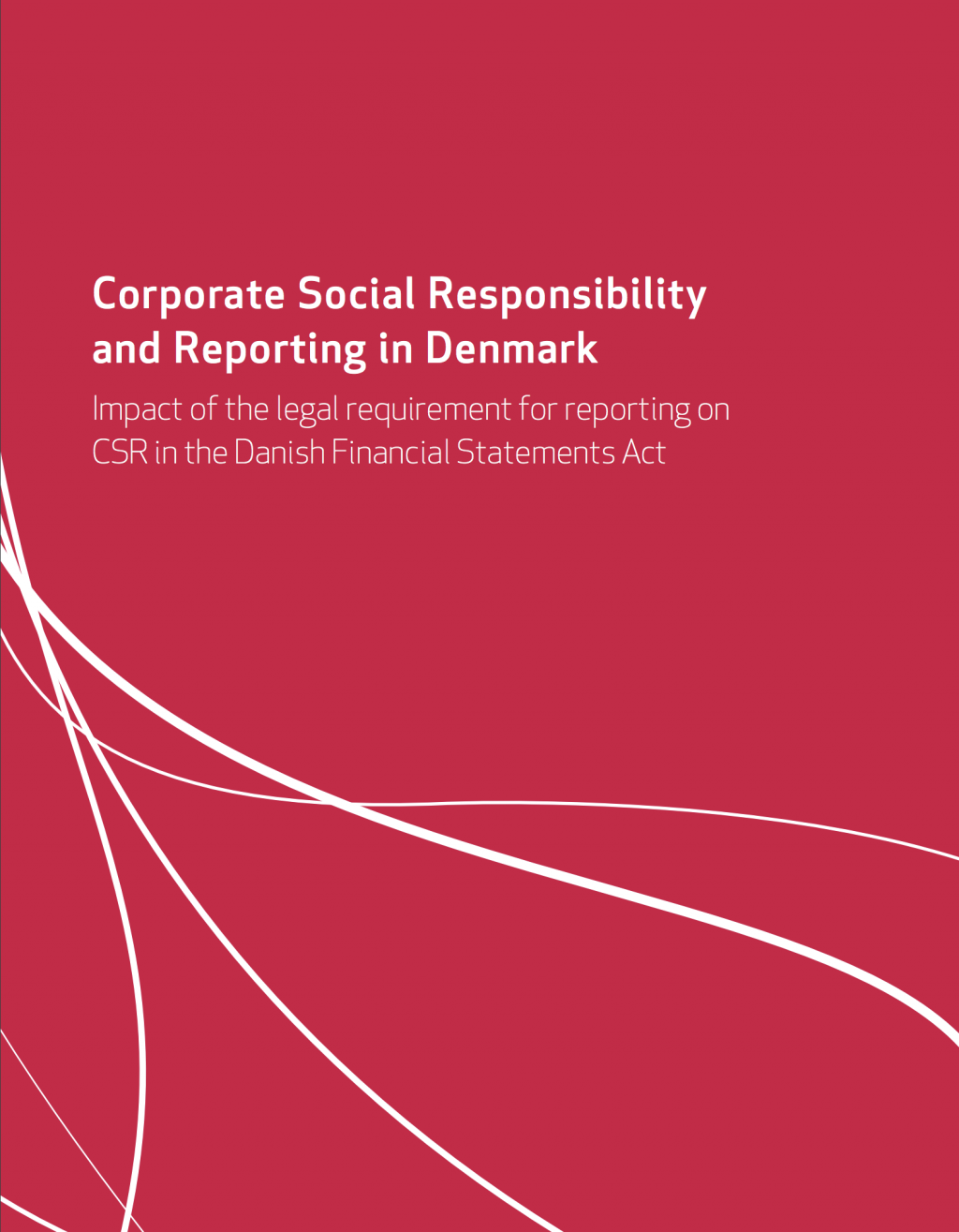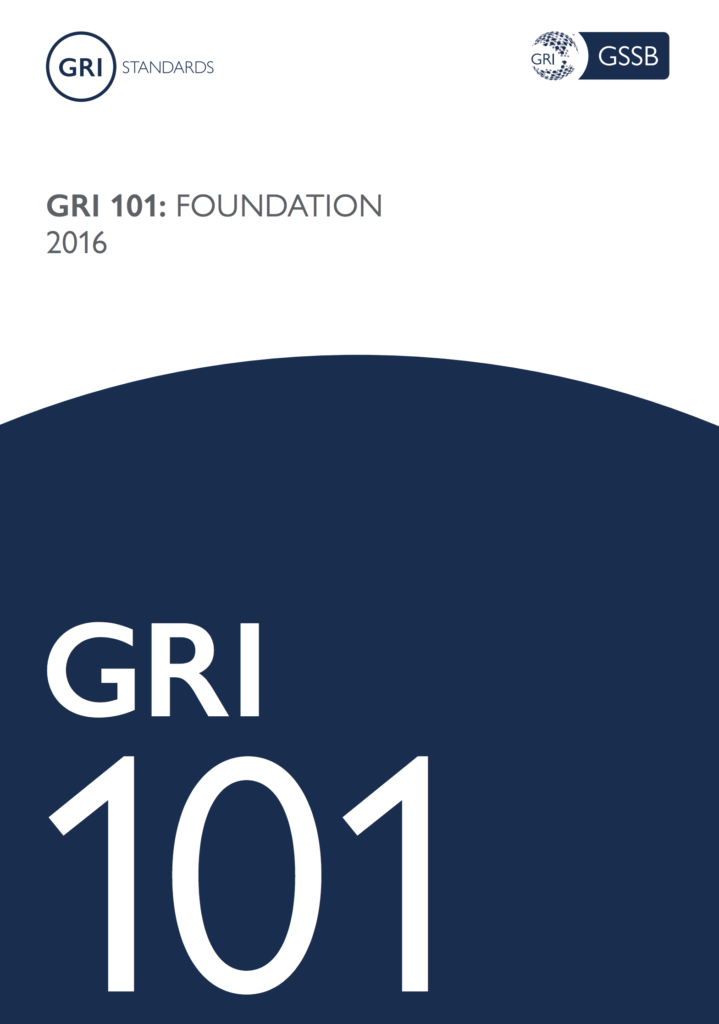Exploring the value of inspiring Sustainability Communications.
In March 2016, the Danish Business Authorities released new extended regulation on CSR reporting in relation to annual accounts. From January 2018, over a thousand new businesses are faced with these requirements. To many, the sustainable business model, risk & impact assessments and due diligence may be unknown territory. But this is where we come into the picture. To help business see CSR reporting as an opportunity rather than an obstacle, we will over the next few months gather inspiring information and insights into how intelligent reporting can benefit business.
We believe communication holds the solution.
Bringing SMEs to the surface:
The value of smart sustainability communication beyond reporting
Companies continuously seek new ways to improve performance, protect reputational assets, and win shareholder and stakeholder trust. Intelligent CSR reporting can do all those things. But the word reporting is misleading considering the real value that can be harvested from strong sustainability communication. In our terminology, reporting is the collective communication efforts around your company’s contribution to social health and sustainable change.
Best practice reporting cases.
The why and the how of impact assessments.
An impact assessment is in its core the data of change. The “impact” is the difference between what would happen with the action and what would happen without it. How people inflict change on people, society and the environment. When we talk CSR reporting, a strong impact assessment is key to demonstrate the strategic approach to minimize risk and behave sustainable. Through the impact assessment you commit to an analytical and data-driven CSR reporting which is key to building trust among stakeholders.
You should view your impact assessment as a technical tool for analysis of the consequences of a planned CSR project, providing information to stakeholders and decision makers.
WHY?



HOW?
Define extent
Outline the specifics of concrete societal or environmental project and specify potential extent of positive impact from both local and holistic point of view.
Determine difference
Determine key differences between original and (proposed) changed conditions in the project area and how it link to the proposed extent of your efforts.
Effects and risk
Account for potential risks and effects. Be sure to imagine both positive, negative and neutral affects related to the project and how to prevent them.
Focus on pay-off
How does your project impact key stakeholders? Consider both community, political and private institutions and address each independently.
Make decisions
Use analysis from previous steps to identify vulnerabilities and make recommendations to ensure maximum positive impact and mitigate risks.
10 tips to make your reporting worth reading experiencing.
- Consider who you wish to reach and be aware that you can not reach all. The concept of Stakeholder Mapping might guide you to a more focused and clear reporting.
- Think about the tone of voice and angle of your communication - speak directly to your stakeholders about what your company is doing to improve their conditions. Avoid simply stating your initiatives objectively.
- Consider the methods behind your CSR approach. Not just the strategy and the execution. Processes, structures, models, systems. If you can outline a solid method, your have a much stronger and more unique case. Even a potential competitive differentiator.
- Think beyond the written word. Their are no creative boundaries for the presentation of your impact numbers. Take advantage of several communication tools to visualise actions.
- Take advantage of existing channels to reach your audience.
- Do not think traditional reporting. Tell a story that is grounded in facts and results, but articulated through an emotional voice led by culture and values.
- Let your employees speak. Telling the everyday story of how they see their contribution to your sustainability profile brings relatability.
- Think further. Can you use your reporting to capture a new business opportunity?
- Develop a sustainability narrative that is not only apparent in your yearly reporting, but governs all actions and initiatives taken. That way, your CSR reporting becomes a 360 integrated part of how you do business.
- Be active and not passive. Show what you do, when you do it.
Social buzz.
Tweets om #Sustainability #CSR
!function(d,s,id){var js,fjs=d.getElementsByTagName(s)[0],p=/^http:/.test(d.location)?’http’:’https’;if(!d.getElementById(id)){js=d.createElement(s);js.id=id;js.src=p+”://platform.twitter.com/widgets.js”;fjs.parentNode.insertBefore(js,fjs);}}(document,”script”,”twitter-wjs”);











